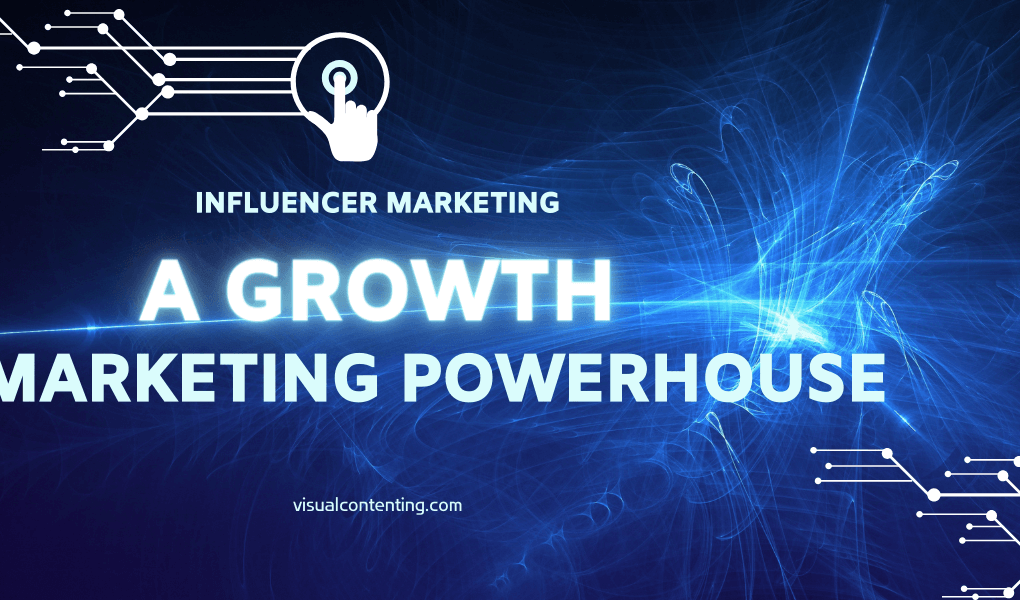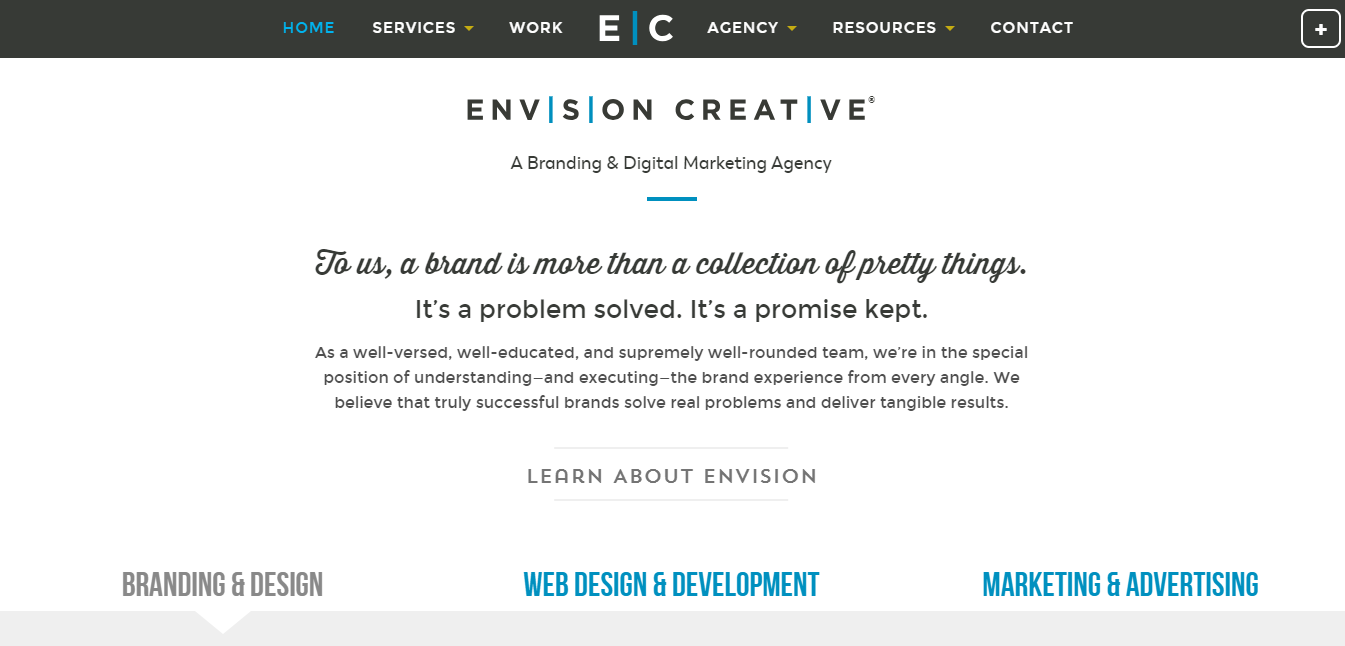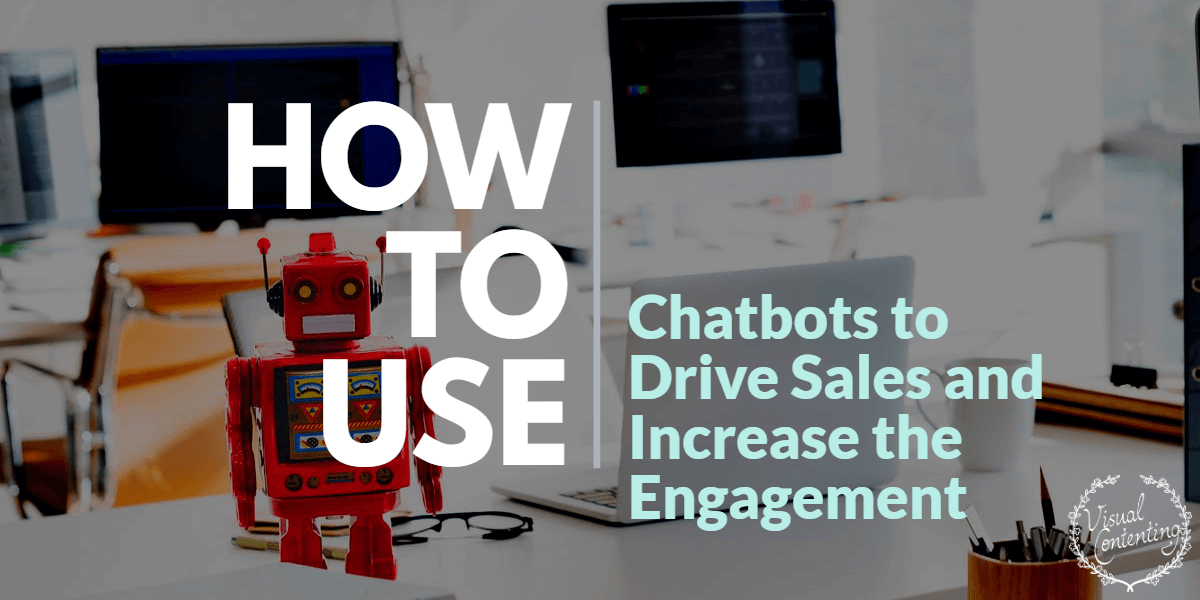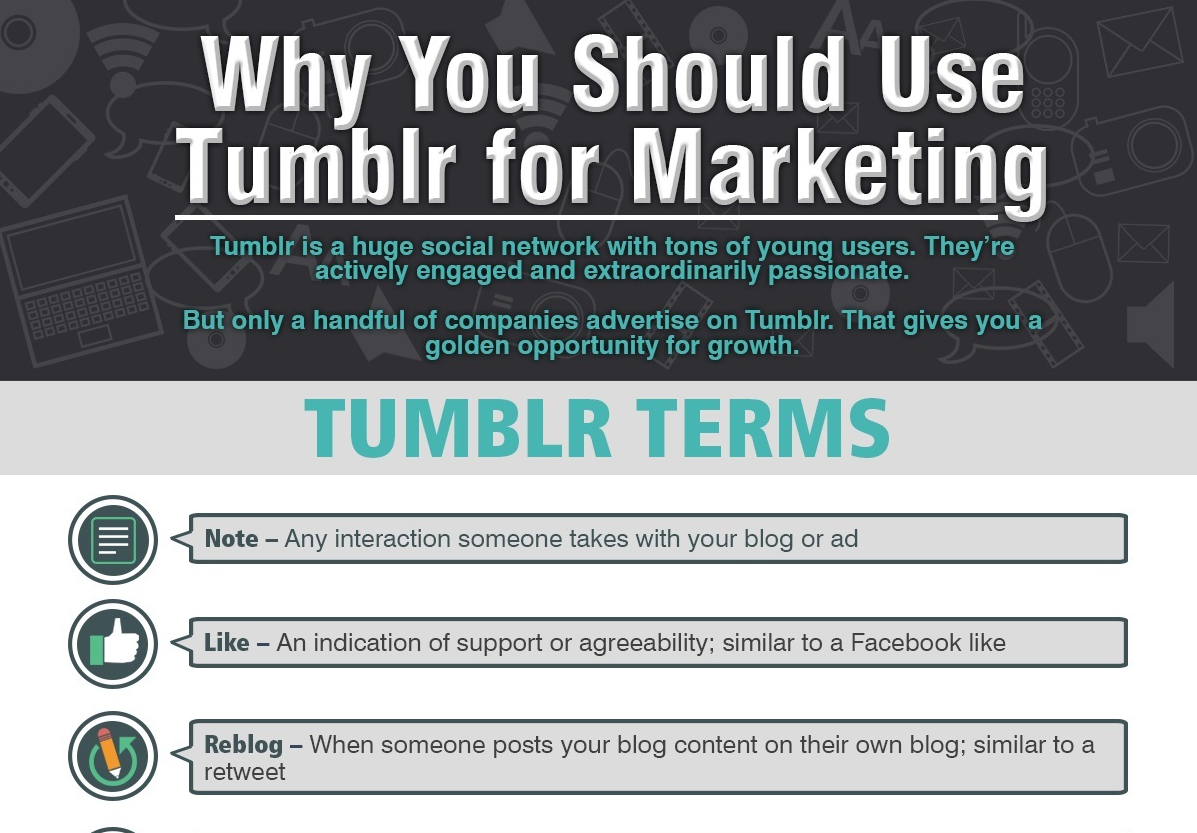Recall a recent instance of scrolling on TikTok or YouTube. How easy is it to be compelled to purchase a product or service from someone with a following? Industry experts must acknowledge the power behind influencer marketing. It’s one of the most valuable returns on investment teams can make in a landscape dominated by social media and video consumption.
Reliable growth requires collaboration with established audiences aligning with a business. Why are influencers integral to competitive strategies, and how do smart marketers make it natural and relevant?
Types of Influencers
Teams benefit most from influencer marketing if they know how to plan public relations and outreach attempts. Identifying the wrong demographic leads to mismatched advertising efforts. What popularity degree does your target audience resonate with?
Mega-Influencers
Mega-influencers encompass celebrities and public figures with hundreds of thousands to millions of followers. High-profile individuals must be known for their social media regularity. For example, many positively associate Bubly seltzer water with Michael Bublé and Old Spice with Terry Crews. Reaching out to someone who rarely uses social media or appears in ads despite their follower count wastes time.
Additionally, marketers must consider how a celebrity’s background overlaps with the company’s product or service. For example, even though Ashton Kutcher and Selena Gomez are known for their positive online presence, do their histories and affiliations coincide with what clients care about?
Macro-Influencers
Macro-influencers refer to popular online content creators with around 100,000 followers. These don’t have to be people with celebrity status. Often, they are laypeople who cultivate an online presence through sheer perseverance, fulfilling a niche or maximizing entrepreneurial spirit. There are macro-influencers in productivity, diet supplements and even building custom keyboards. It’s a successful avenue for businesses with a distinct focus.
Micro-Influencers
Micro-influencers are similar to the macro demographic but with smaller, more engaged audiences. Numerous Snapchat, Pinterest and TikTok personalities fall into this category. Their follower counts range between 10,000 and 100,000.
Nano-Influencers
For the 1,000- to 10,000-follower range, marketers can collaborate with nano influencers. Teams might choose them because they’re more cost-effective or suspect a particular content creator will garner future popularity. In this way, influencer marketing is sometimes like purchasing stock where gradual gains are probable.
Developing an Influencer Marketing Strategy
Knowing the main categories makes plans more viable. Now, execute market research and gauge interest in influencers as the beginning step to crafting an effective marketing strategy. Follow these steps to create a sensible organizational flow.
1. Determine Campaign Objectives
What KPIs guide the marketing team and what type of advertisement would yield those results? Answering questions like these unlocks the foundation for cohesive, memorable marketing engagement. It’s critical to know this now before communicating with influencers — they’ll inquire about the specifics before agreeing to sign contracts.
2. Brainstorm the Content
Sometimes, marketers leave creative freedom to the influencer. Others write scripts and send briefs for more detailed guidance. Determine the most effective route and what additional branding materials should accompany the influencer’s pitch.
3. Identify and Contact Pertinent Influencers
See who appears at the top of research results or gets the most industry article mentions. These are the people teams want to start emailing or setting up meetings with. Be clear and direct with how the arrangement should appear to customers. Are videos required? Does the influencer need to post at a specific frequency over a predetermined timetable?
The influencer’s target audience is the most critical determining factor in who to earmark. What are their values, behaviors and interests? For example, it doesn’t make sense for Amazon to target most sustainability influencers, as their audiences know how much waste Amazon produces.
4. Know the Guidelines
Many regulatory bodies oversee influencer marketing standards, such as the Federal Trade Commission in the U.S. Following recommended guidelines and adhering to the rules prevents confusion, tarnished relationships and obstacles from appearing throughout the influencer partnership. Convey best practices to influencers because if they falsely portray something or ignore the law, both parties may be in trouble.
5. Release the Campaign
After receiving several collaboration agreements, send the influencer publicity packets and other relevant documentation. Usually, they’ll send rough cuts and drafts of what and how they’ll post according to the signed contract. Hone in on revisions if necessary, then watch the campaign take effect.
6. Engage
An influencer campaign is only beneficial if marketers respond and integrate with the audience viewing the content. It allows companies to measure the campaign’s efficacy, and develop more empathy for their shoppers and clients. Utilize KPI tracking software and social media tools to streamline these processes.
For example, many use personalized coupon codes to source leads from specific influencers to determine lead generation and ROI. The data will help construct authentic relationships with the influencer and their audience, and encourage them to do more campaigns in the future.
Success Stories in Influencer Marketing Case Studies
Explore the benefits of influencer marketing through these case studies and how they leveled up each brand’s performance.
Sephora
In 2021, Sephora did a third run of its Sephora Squad campaign. It comprised 73 influencers in an experimental endeavor to develop genuine, lifelong relationships. The Squad posted on social media about their travel experiences gifted by the business. The experience forged some of the most dedicated brand ambassadors Sephora could ask for.
As a result, they enhanced their public awareness and reputation. Followers associated Sephora with luxury and leisure, creating a thought process that people may achieve similar lifestyles if they participate in their brand. Sephora embraced marketing an identity instead of a product, similar to the philosophies of successful corporate giants like Apple.
GOODFOODS
GOODFOODS is a food retailer with a specific goal — to promote its new guacamole and dips. It contacted 60 cooking, parenting and lifestyle influencers, from vloggers to bloggers. What better way to promote the diversity and deliciousness of a new food item than to ask influencers to publicize creative recipes, one being a pizza?
The results were astronomical. With around 2,000 pieces of content, GOODFOODS had over 30 million impressions and 71,000 engagements, achieving a 34.2% conversion rate. Repurposing to native advertising avenues increased the value of the content even more.
Squarespace
Web hosting giant Squarespace understood the influencer marketing assignment. Everyone wants a website nowadays, especially content consumers who are budding professionals or aspiring influencers. It justifies targeting massive audiences in diverse topics, from education to gaming. They reached out to YouTube creators, including:
- CrashCourse
- Good Mythical Morning
- The Game Theorists
- Cinema Sins
What benefits did Squarespace accrue with this approach? Because of expert tracing and prioritization of evergreen content with long-time creators, they will surely have their brand name spread to millions of viewers. People browsing YouTube will even see Squarespace’s name if watching backlogged content, keeping the ad campaign circulating.
Influencing Influencers
In a way, marketers were the original content-based influencers. Top-tier professionals convince online personalities how much their product and service appeals to their audience. The shared passion translates from screen to sale, primarily when what’s offered improves the viewers’ livelihoods. Convert leads, expand brand awareness and develop a reputation all through the potential of influencer marketing.
Related Posts
Devin Partida writes about topics concerning tech and the internet. She is also the Editor-in-Chief of ReHack.com.







